- Brilliantly capable daily driver
- Roomy, well-built interior
- The best Mk7 Golf yet!
- Starting to feel dated in 2021
- Not the most engaging hot hatch
- Those stickers on the side...
With the new Mk8 Volkswagen Golf already roaming Australian streets, we thought it would be fitting to farewell one of our favourite cars of the last decade: the Mk7 Volkswagen Golf, which launched all the way back in 2012. Volkswagen has given this generation of their iconic Golf hatch one final farewell with the 2021 Volkswagen Golf GTI TCR, which promised to be the ultimate GTI.
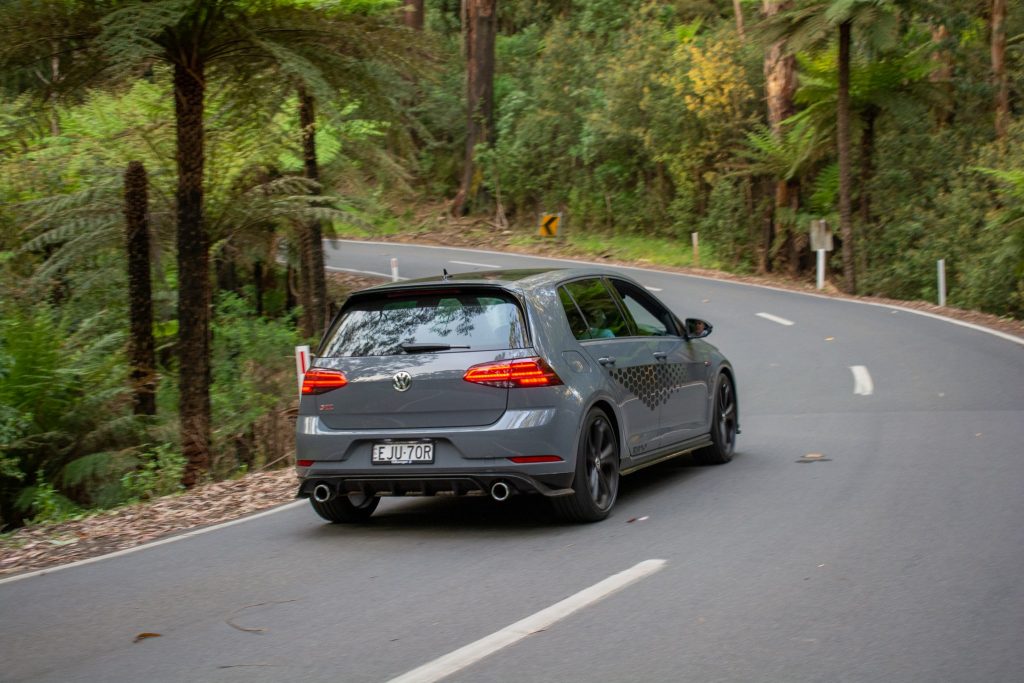
Volkswagen has truly saved the best for last with the 2021 Golf GTI TCR, giving fans of the GTI the most powerful engine ever seen in the German marque’s hot hatch, along with bespoke suspension parts and styling details. As far as farewells go, the Golf GTI TCR is quite the driving machine and much more than just a limited edition sticker package. So how does the very last version of the Mk7 Golf stack up? Is the GTI TCR a fitting farewell to one of our favourite hot hatches? Read on to find out.
Price & Equipment: 8/10
First things first, Volkswagen decided to only import only 300 examples of the TCR, offering the car in only three colours: ‘Pure Grey’ tested here, ‘Pure White’ or the classic GTI ‘Tornado Red’. The 2021 Volkswagen Golf GTI TCR was priced halfway between the Mk7.5 Golf GTI ($46,690) and Golf R ($55,490) at $51,490 plus on-road costs. On top of the usual standard equipment found on the standard Golf GTI, the TCR comes with a gloss black roof, distinctive honeycomb side TCR decals and bespoke 19-inch alloy wheels which are larger than the 18-inch wheels found on the standard Golf GTI. The TCR package is rounded out with other performance hardware in the car’s drivetrain and chassis which we’ll look at below. This is much more than a mere “sticker package” limited edition car.
Inside, you’ll find other “TCR” bits that make this Golf more special than its lesser brethren, such as a lush Alcantara gearshift and door trim accents, black/red cloth upholstery and a special steering wheel with perforated leather and red 12 o’clock marker.
As with all final versions of the Mk7 Golf GTI on sale in Australia the TCR came standard with a lovely glossy 8.0-inch touchscreen mounted in the dashboard, whilst Volkswagen’s 12.3-inch Active Info Display sits proudly in front of the driver. Equipment levels were high across all Mk7.5 Golf GTIs, with enough creature comforts on board to make life nice and easy. Safety was well looked after too with seven airbags, and a host of active safety features such as AEB, blind-spot monitoring, rear cross-traffic alert, rear auto braking, adaptive cruise control, lane keep assist and auto high beam, along with basics such as ESC. All Mk7 Volkswagen Golfs, including the Golf GTI TCR came with a 5-star ANCAP safety rating.
Performance & Fuel Economy: 9/10
The 2.0-litre turbocharged four-cylinder petrol engine under the bonnet of the GTI TCR managed to pump out 213kW of power between 5900 and 6400rpm, and 350Nm of torque from 1700 to 5800rpm. Volkswagen had endowed the TCR with as much power and torque as they thought possible in a front-wheel drive hot hatch. Oddly in Australia, the TCR was down 20Nm of torque compared to the GTI Performance as it came with Volkswagen’s older wet-clutch six-speed DSG gearbox rather than the newer seven-speed one fitted to the regular GTI. Whilst our TCR might be getting an older six-speed DSG from the VW Group parts bin, we actually prefered it to the newer seven-speed DSG. Both are wet clutch units but the old six-speeder shifts more confidently, doesn’t slip the clutch in second gear as much and overall feels much more robust. It might still occasionally shudder up hills and act oddly at times, but think of it as the best DSG made by Volkswagen.
Performance wise, Volkswagen claimed a 0-100km/h sprint time of only 5.7 seconds, which is 0.6 seconds quicker than the standard Mk7 Golf GTI. The engine felt marvellous around town and really came into its own on a great stretch of road. Any gear, any amount of revs and the GTI TCR responds immediately. With peak torque available from pretty much idle, there was no hesitation from the turbo, and the TCR’s ‘EA888’ engine charged forwards from 4000rpm all the way to a top end north of 6000rpm.
The TCR wasn’t purely some track monster however, as it still managed to do the things that all GTIs seem to do well. One of those was promising to offer decent fuel consumption for a performance car. The fuel label showed an average consumption of just 7.5L/100km – our test car averaged 10L/100km in a mix of urban and highway driving.
The TCR has also been given a redesigned exhaust system for better flow, and more noise. It might not come close to i30 N levels of aural drama, but it is more distinctive than lesser Golf GTI models.
Ride & Handling: 8/10
The Mk7 Golf ushered in the ubiquitous “MQB” platform, which was designed to reduce weight and improve the rigidity of every car which it underpinned and it continues in the freshly launched Mk8 Golf. The Golf GTI TCR took the platform and added key hardware designed to add an even more sporting edge to the Golf GTI. It thankfully retained the standard Golf GTI’s electronically actuated mechanical limited-slip differential designed to improve grip in tighter corners.
Changes over the standard Golf GTI included suspension which was lowered 5mm and lightweight 19-inch alloys were standard. All GTI TCRs came with Continental ContiSportContact 5P AO rubber, which aren’t the grippiest tyres but they do resist understeer rather well. The Golf GTI TCR was one of the easiest cars to drive quickly. On a stretch of favourite backroad outside of Melbourne, the TCR proved to be planted and secure, no matter the surface it was driven on. Sure, it might have lacked the thrill of an i30 N or handling flamboyance of a Renault Megane RS, but the TCR is a car that will flatter your driving ability, covering ground quickly. The diff did well to funnel power to the outside wheel through corners, pulling you out nicely even if there is a touch too much body-roll for what is meant to be a hardcore Golf GTI. The brakes, which are taken from the Golf R, did a remarkable job of stopping the GTI TCR.
The adaptive dampers had settings from comfort to sport and everything in between. As a daily driver, the TCR was perfectly soft and docile enough enough to live with everyday. It was reasonably comfortable on suburban roads and as with all Golfs, quiet when not being driven hard. And there lies the Golf GTI TCR’s trump card: it managed to be a thrill to drive, without the expense of a stiff ride or compromising nature of its rivals.
Interior & Practicality: 9/10
The 2021 Volkswagen Golf GTI TCR’s interior shared a design that came out all the way back in 2012. It aged remarkably well though, even if it might have felt a little less modern than newer rivals such as the Mercedes A-Class. Everything felt familiar and well laid out, whilst the design still impressed by how relevant it is after all those years. Don’t expect to find super high-resolution screens or the latest in infotainment and connectivity. But do expect to find impeccable interior quality, perfect trim details and plenty of practicality. We are yet to drive the new Golf Mk8, so stay tuned to see how its interior compares to the previous generation Golf tested here.
Even after eight years, the GTI steering wheel was still beautiful to hold, and the standard digital dash, whilst not the most modern, was intuitive and well laid out. Apple CarPlay and Android Auto feature on the standard 8.0-inch glossy touchscreen, meaning that buyers were seldom wanting more. One odd omission was the inclusion of the larger 9.2 inch touchscreen found on other high spec Golfs. Luckily, the smaller screen featured two physical control knobs meaning that changing the volume level is no problem at all on the move, unlike the new Golf MK8 which does away with physical buttons altogether.
The Golf GTI TCR features plenty of storage options with a large velvet lined glovebox, felt door bins, a large centre console which has a roller shutter for a neat look and a small cubby under the headlight switch. The well-shaped boot is a rather useful 380L, expanding to 1270L with the rear seats down. It’s clear that in typical Golf fashion, the GTI TCR sacrificed nothing in terms of practicality in its quest for sportiness.
Service & Warranty: 8/10
All Volkswagens come with a five-year/unlimited kilometre warranty. Volkswagen does not cover you for failures caused on the track however. Service intervals are one service every 12 months or 15,000km, and you got a single year of roadside assistance that is topped up with each scheduled service at a Volkswagen dealership.
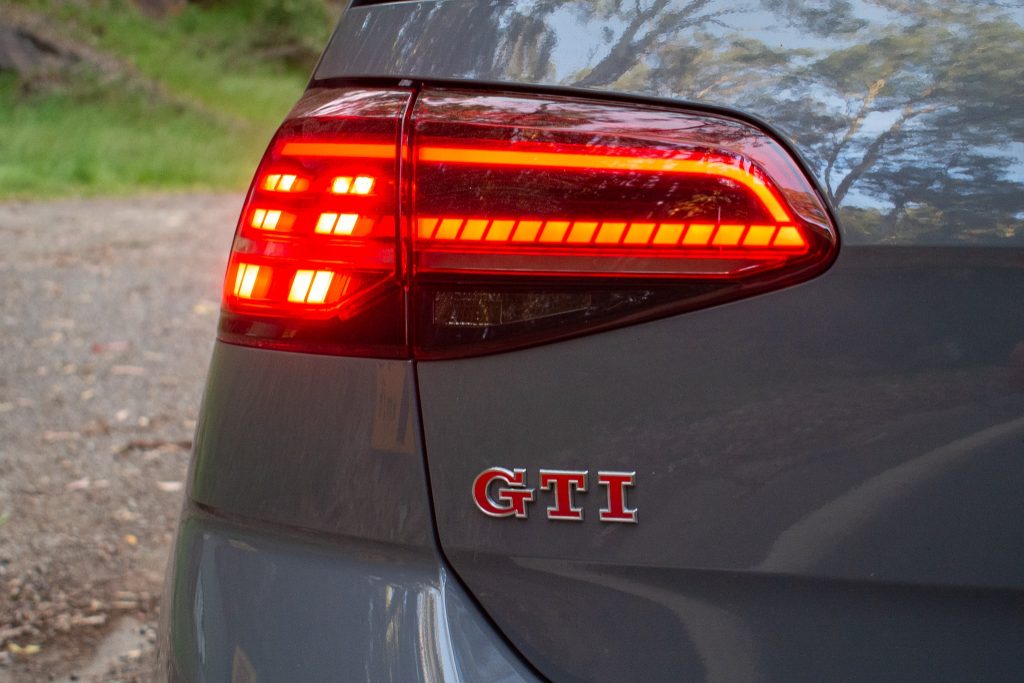
Servicing costs mirror those of the regular GTI range at an expensive $2,857 over five years: $389, $525, $642, $912 and $389. This is expensive considering that the i30 N only costs $1,616 to be serviced over 5 years, though that’s only to 50,000km. Volkswagen does offer service packs that are available at the time of purchase and a five-year/75,000km pack is $2,450.
The 2021 Volkswagen Golf GTI TCR DiscoverAuto Rating: 8.4/10
The 2021 Volkswagen Golf GTI TCR is fitting farewell to one of the most impressive generations of the iconic Golf that Volkswagen has produced. Already eclipsed by the tech-heavy Golf Mk8, the Mk7 Golf GTI TCR went into history as much more than a sticker package. Rather, it was the peak of the Golf Mk7 range and a brilliant example of how well Volkswagen is able to merge performance with everyday liveability.
For those wanting a well-built, not too tech heavy Golf GTI with the sportiest hardware Volkswagen could give a Golf GTI, the Mk7 Golf GTI TCR is worth checking out and without a doubt a classic in the making.
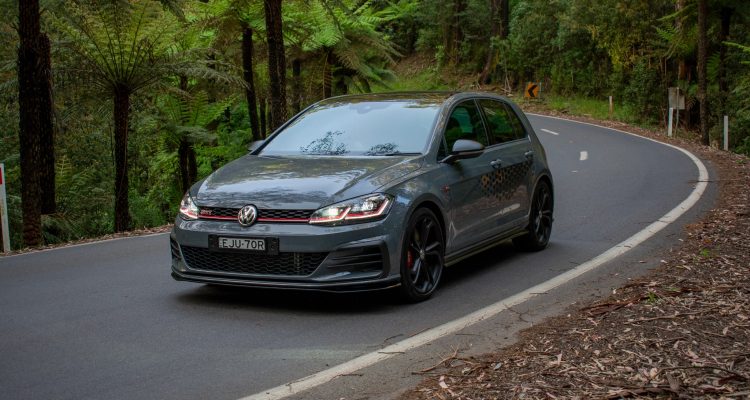
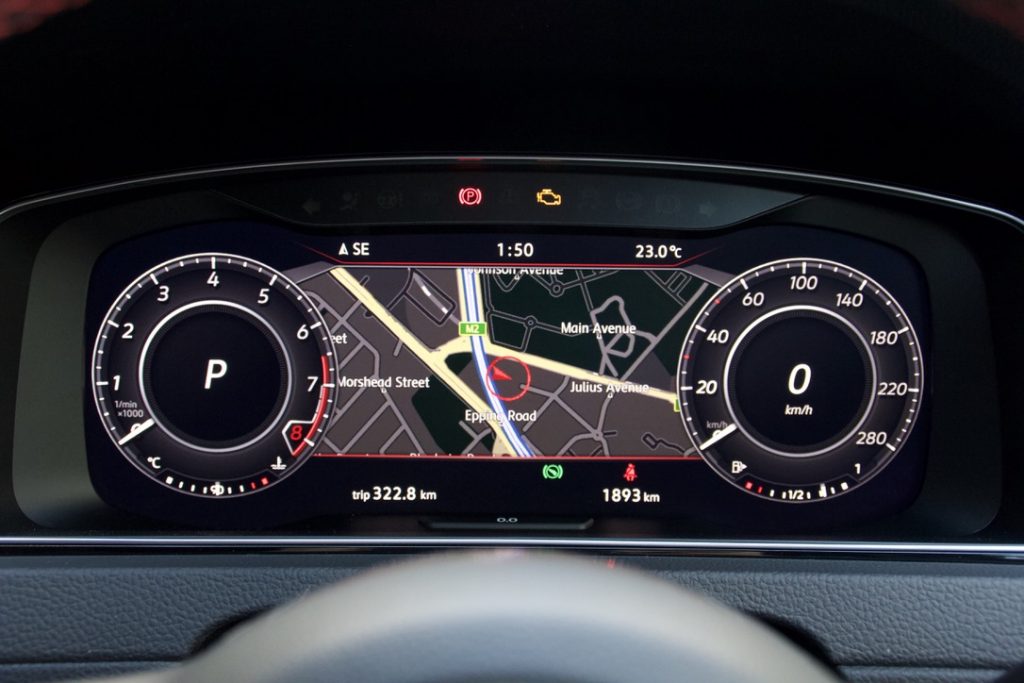
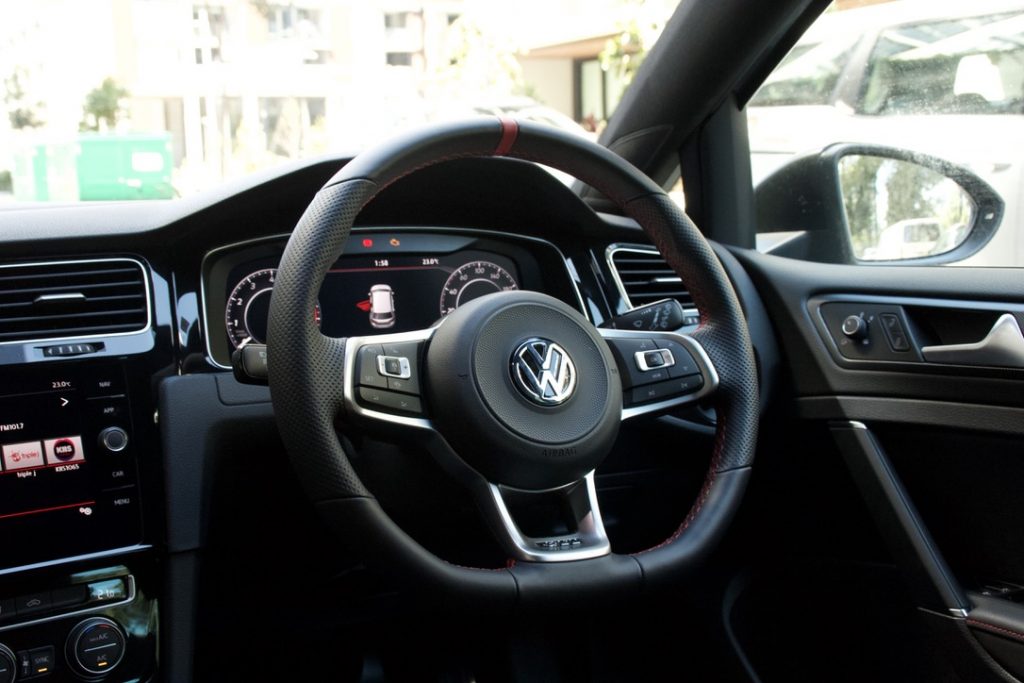
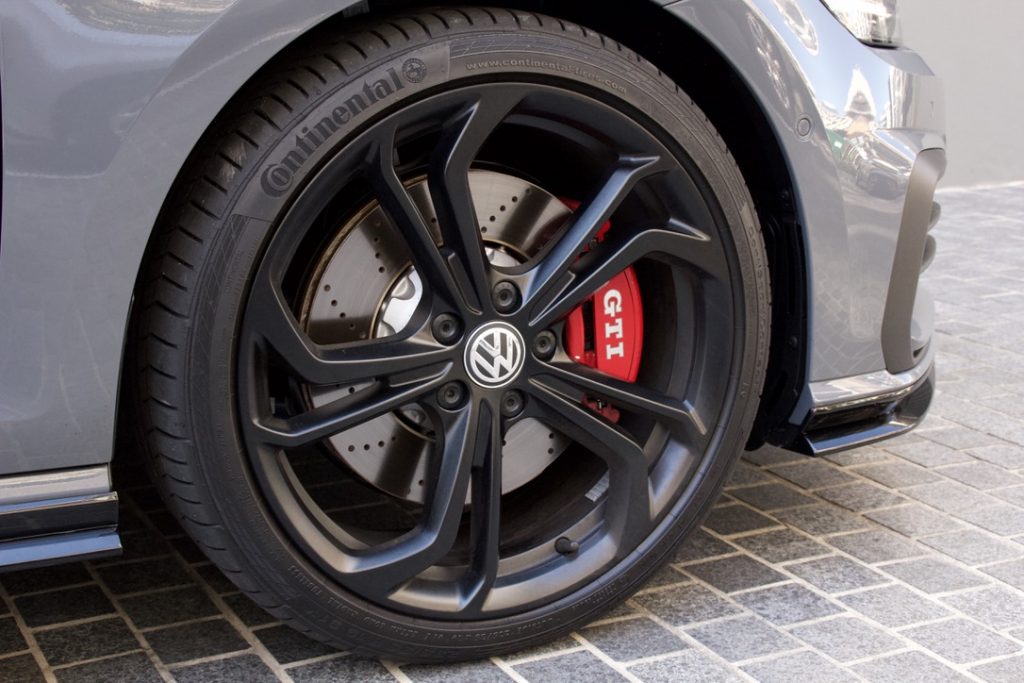
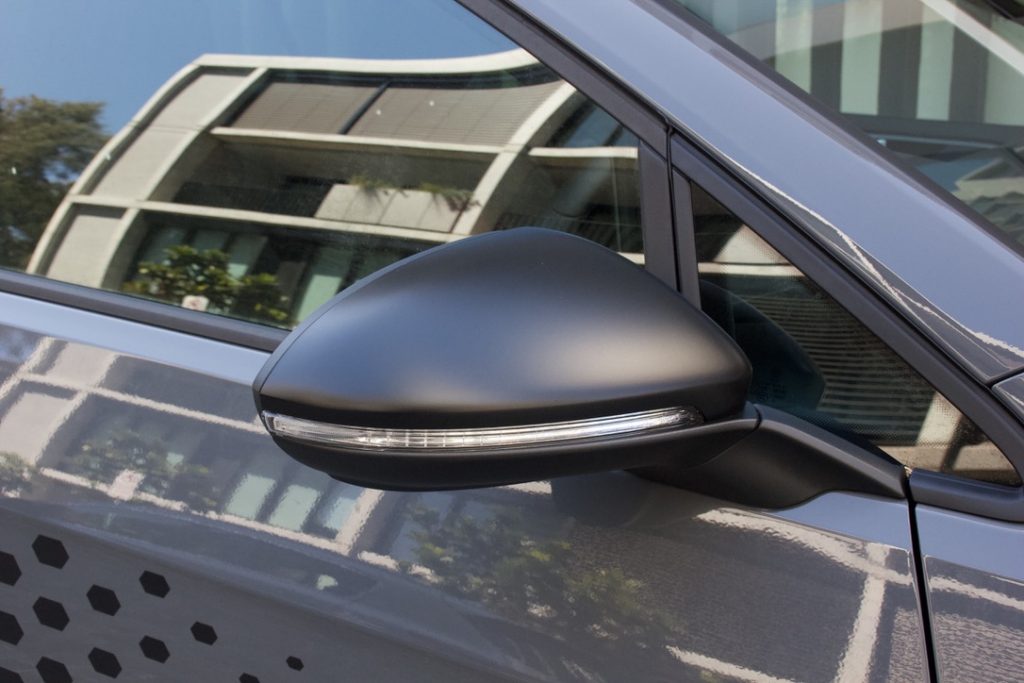
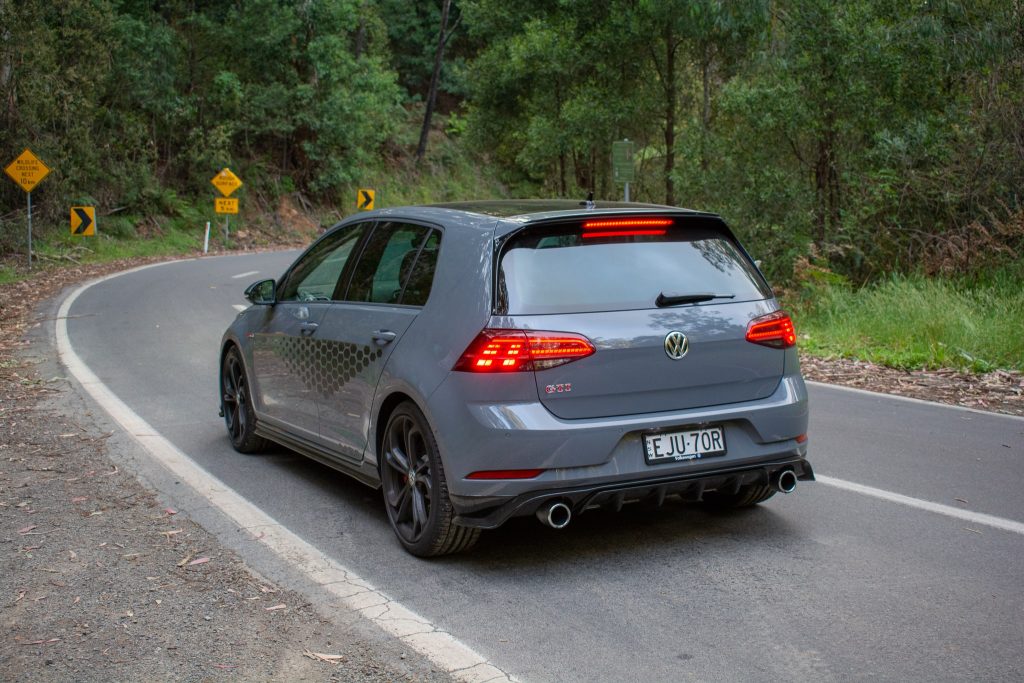
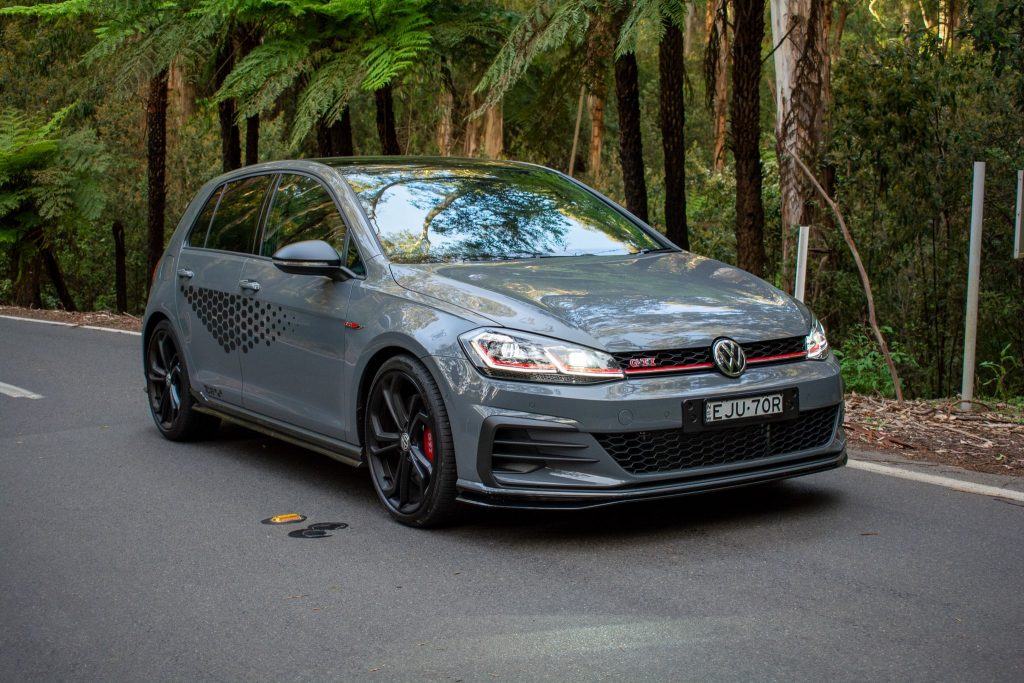
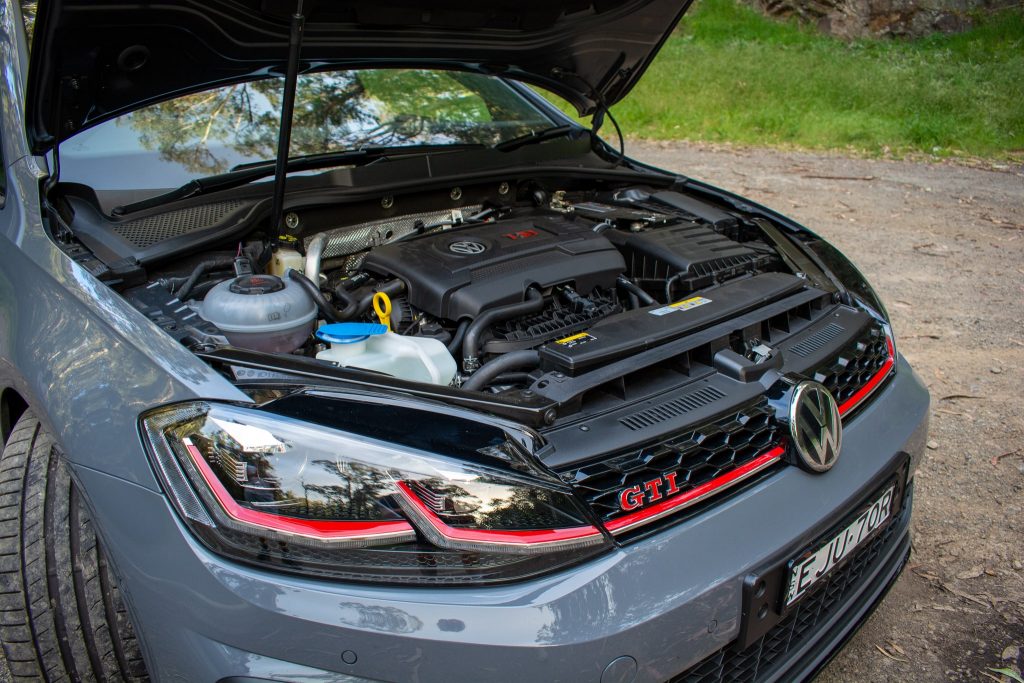
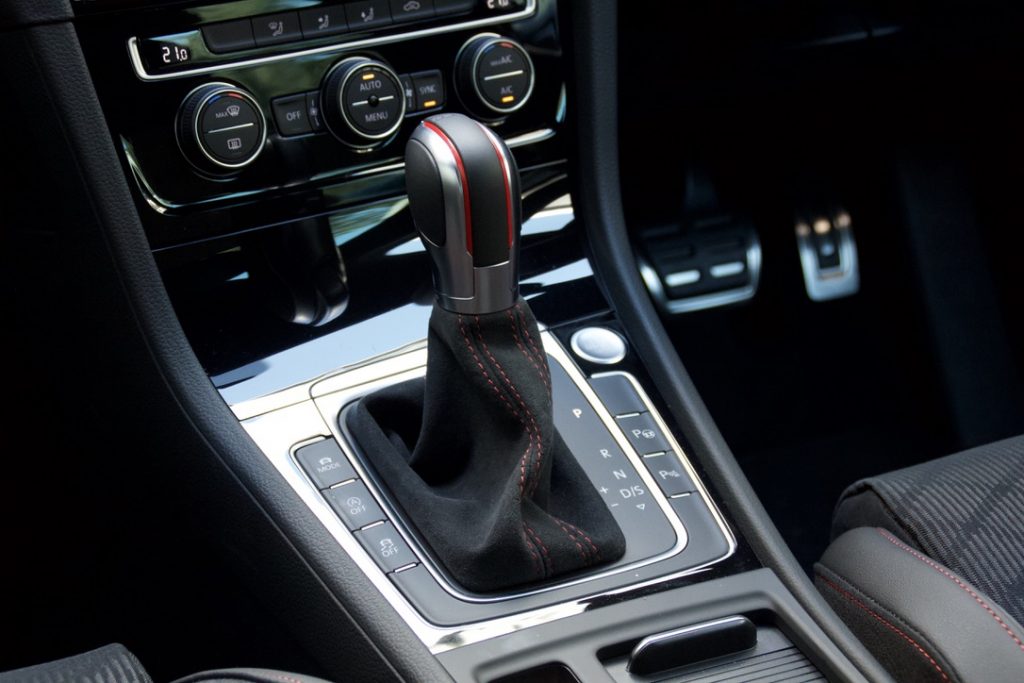
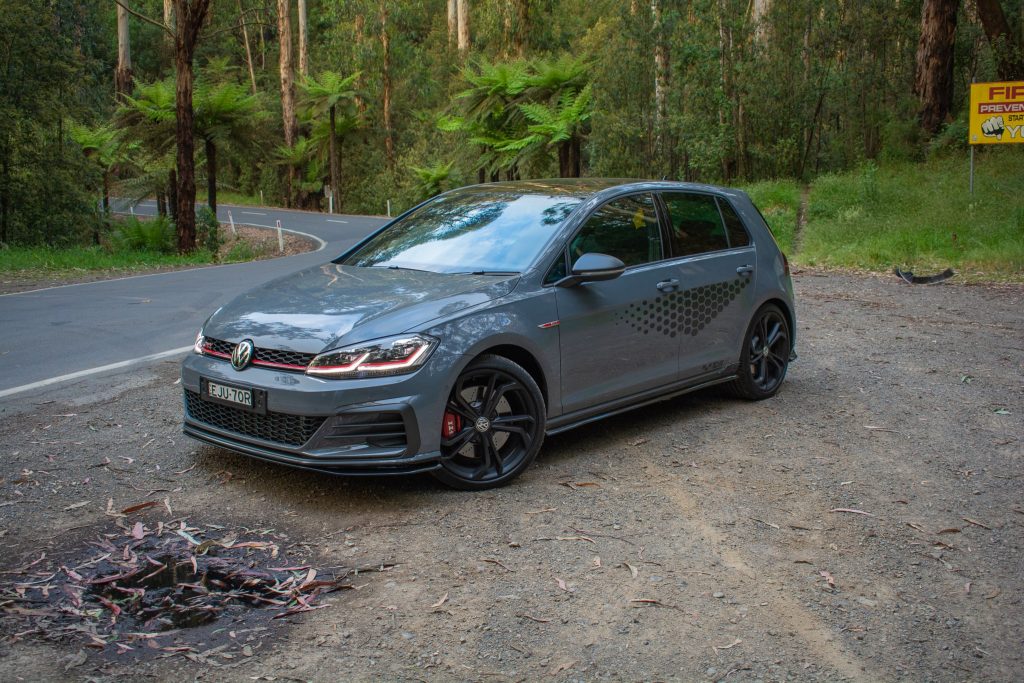
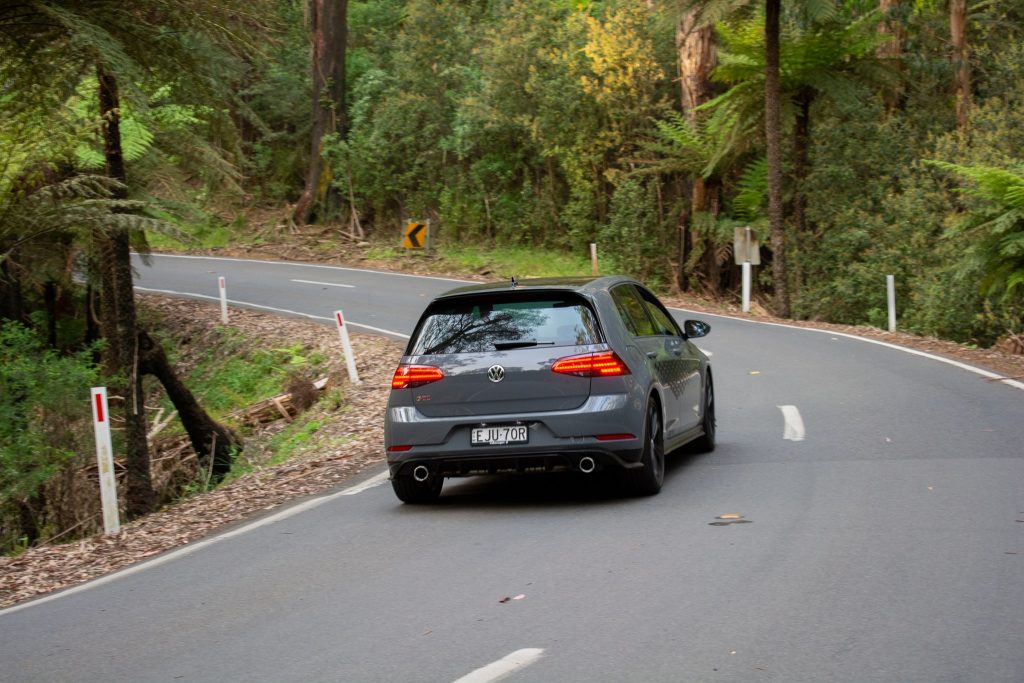
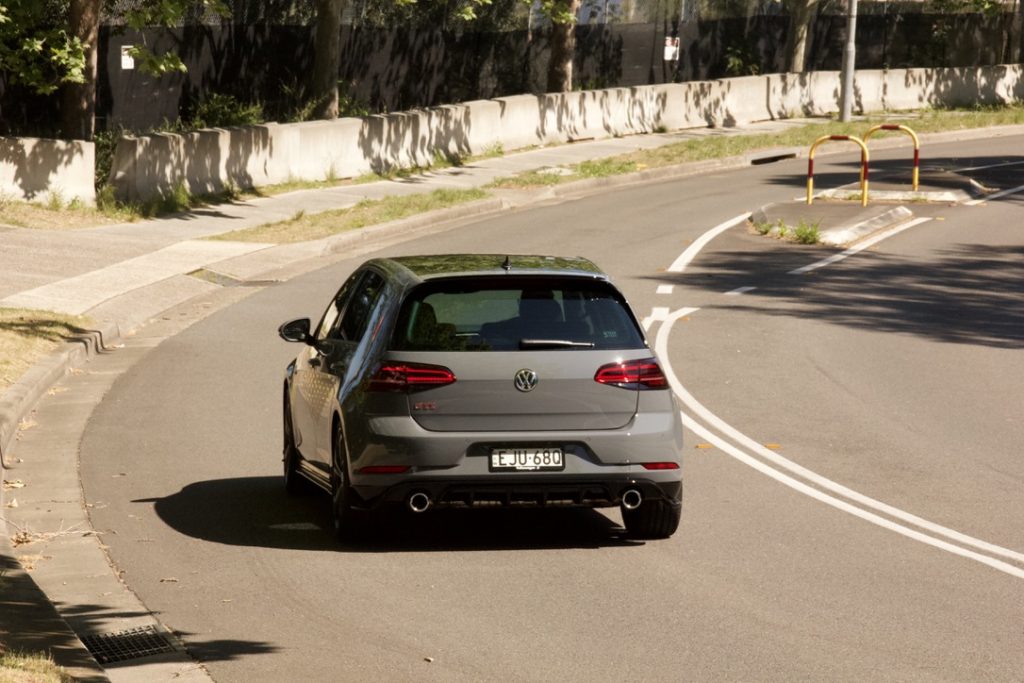
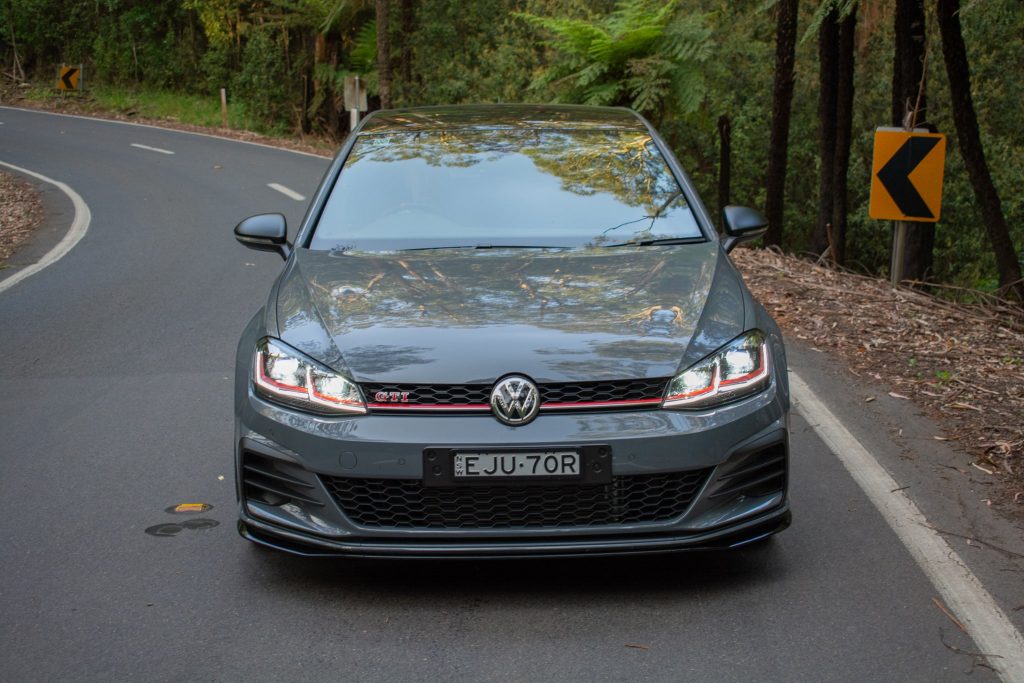
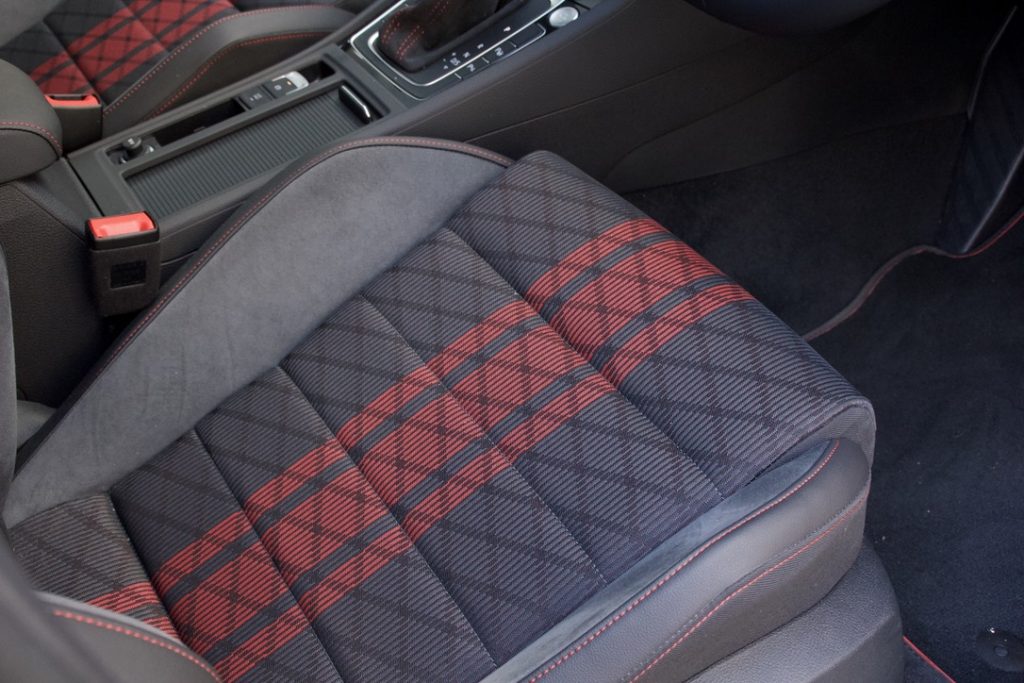
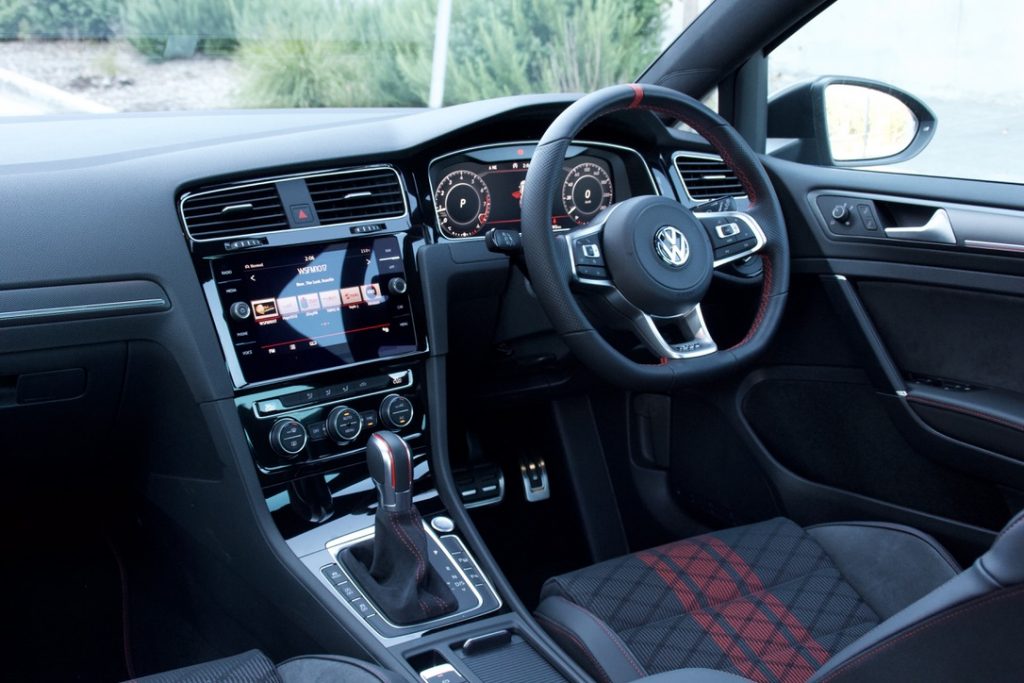
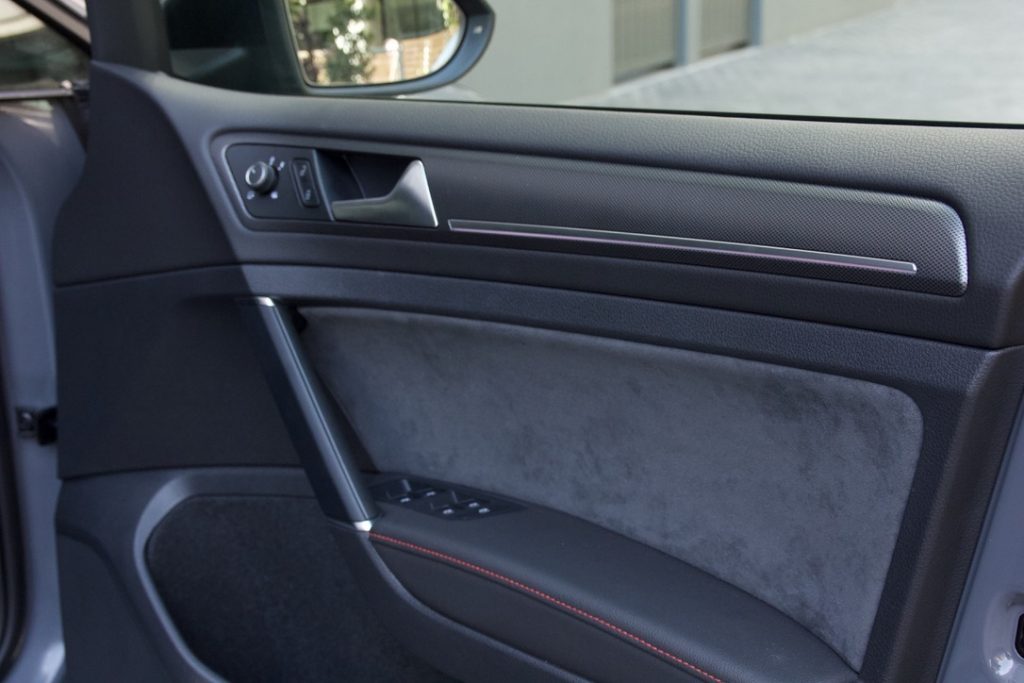
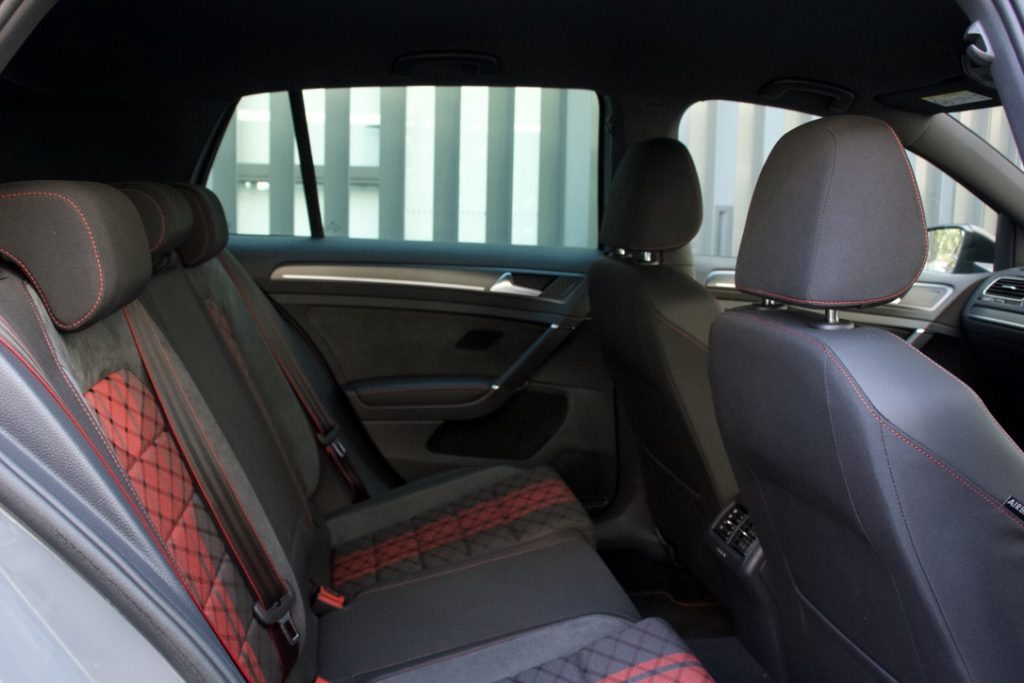
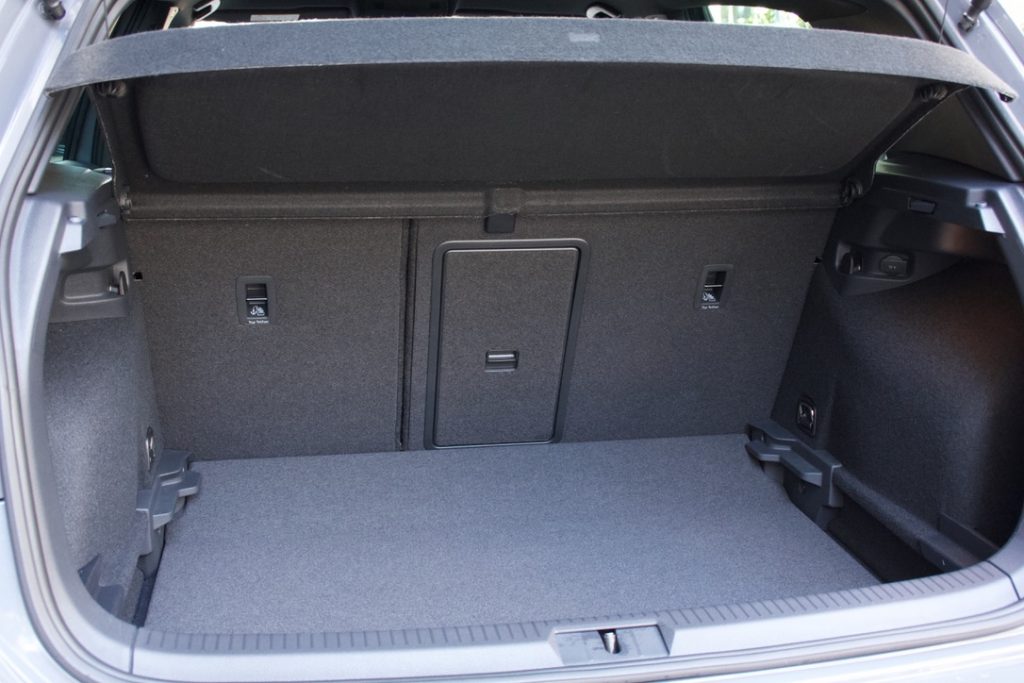
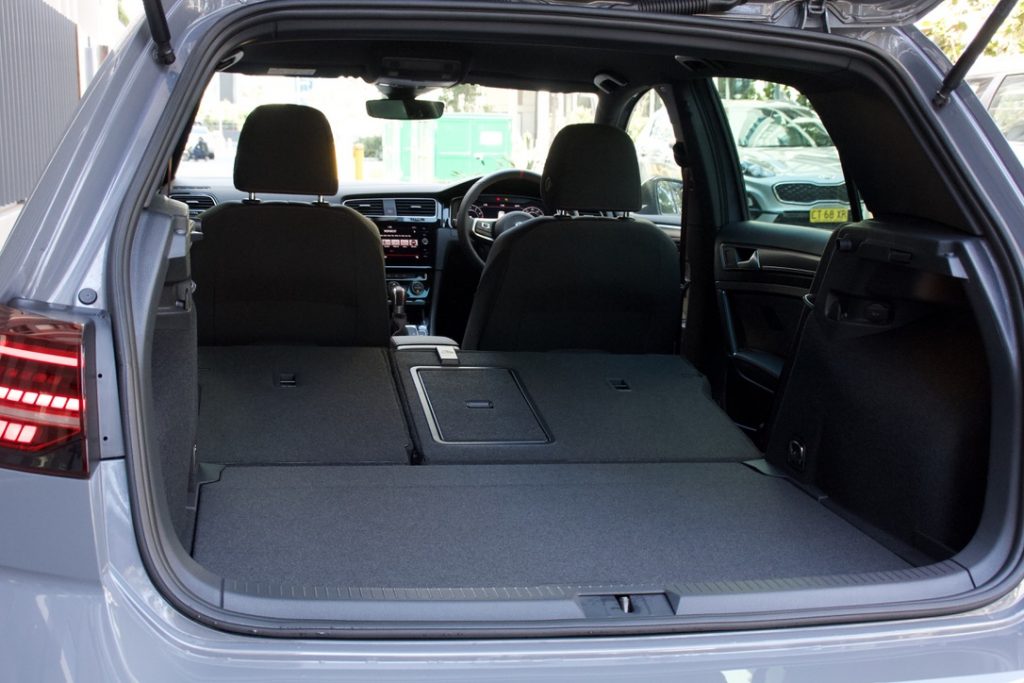
Leave a Reply